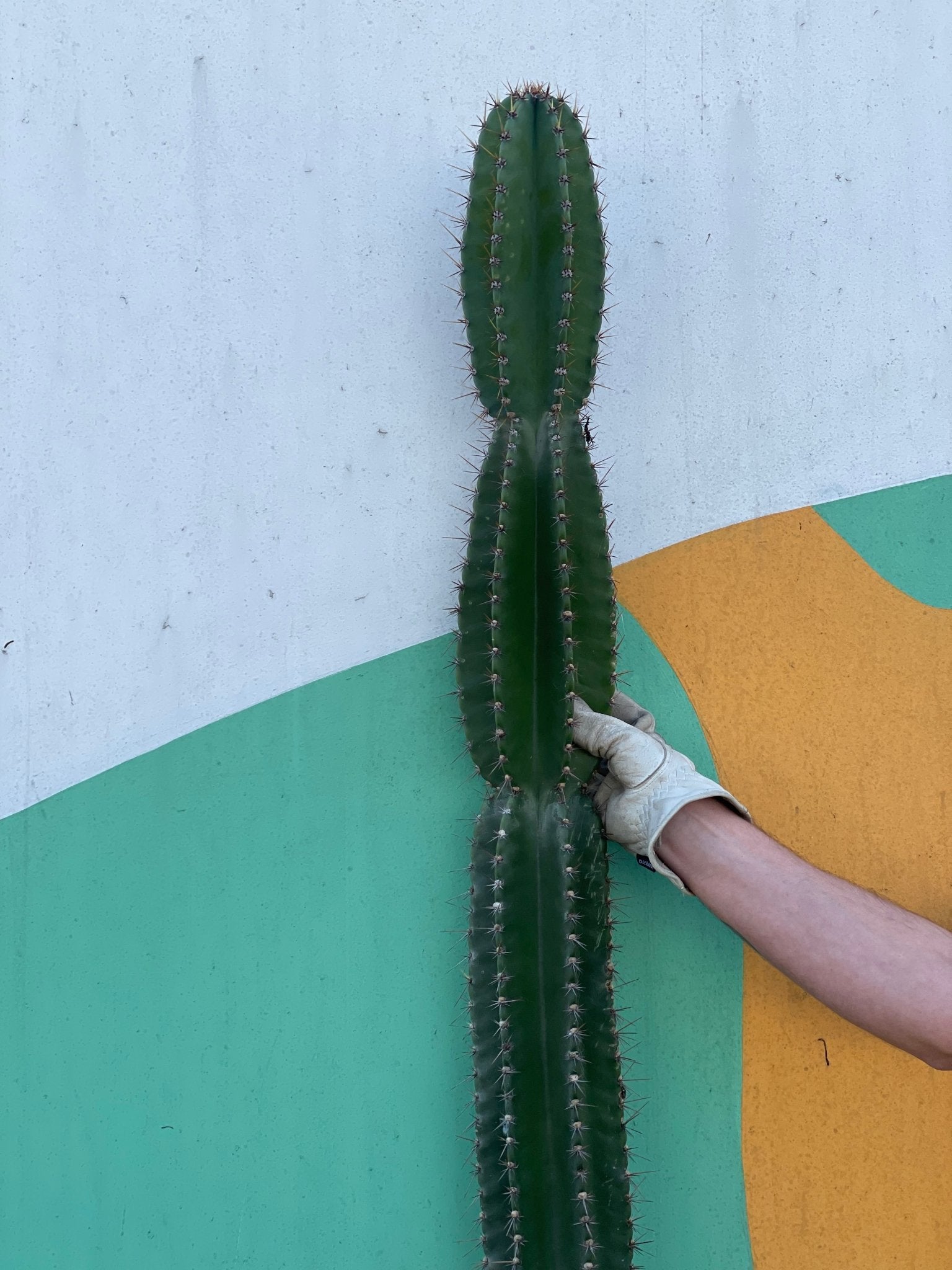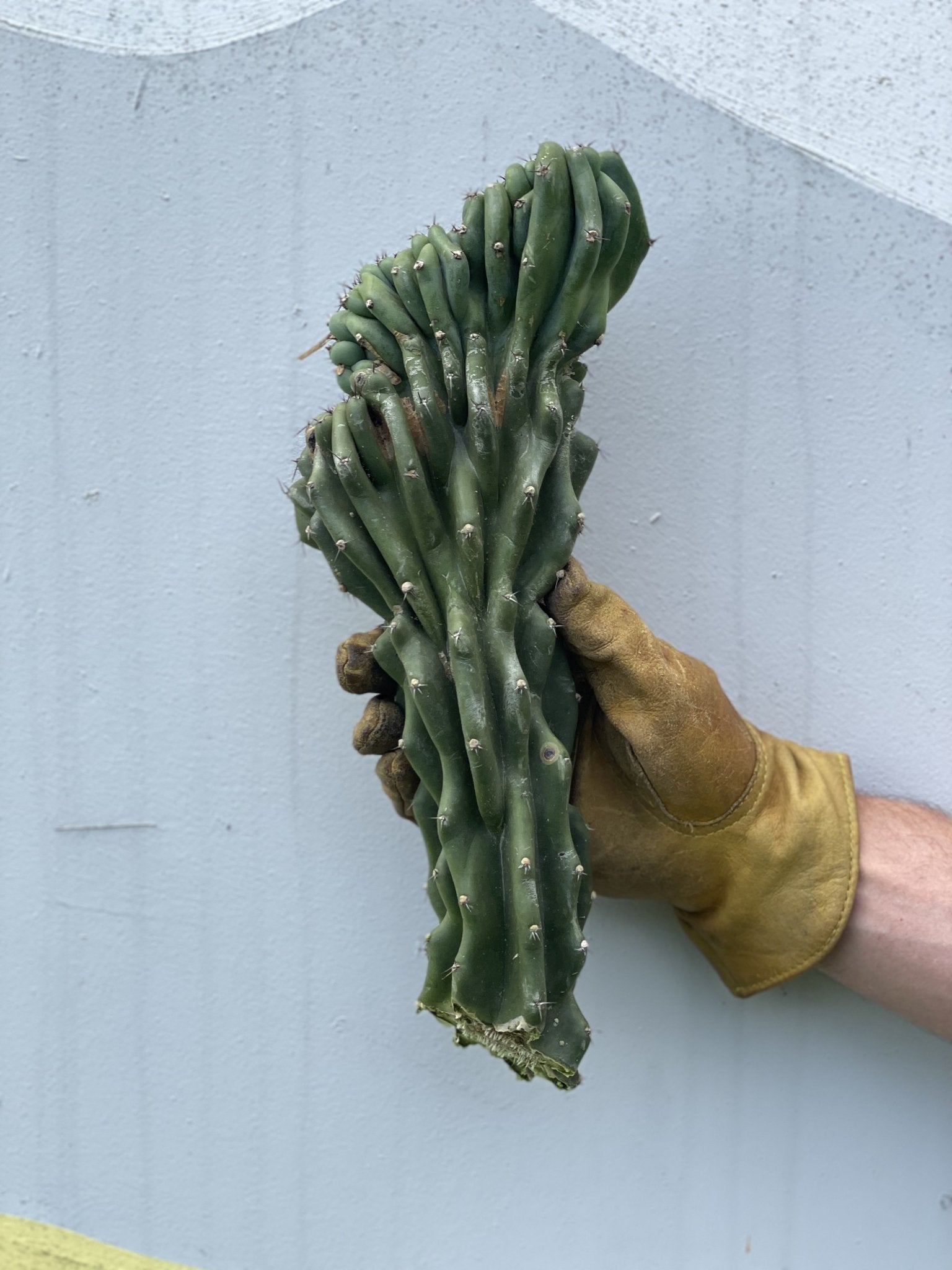The growing necessity for water conservation and sustainable practices has brought attention to two prominent landscaping strategies: xeriscaping and zero landscaping. While they may appear similar on the surface, they encompass different principles, techniques, and outcomes.
Xeriscaping, deriving from the Greek word 'xeros,' meaning dry, focuses on water efficiency by using drought-tolerant, local plants, thereby creating a beautiful, sustainable, and low-maintenance landscape. This approach has emerged as a key to sustainable gardening, particularly in areas where water resources are scarce or overtaxed.
On the other hand, zero landscaping, also known as zeroscaping, primarily involves designing a landscape to require minimal to no supplemental watering or maintenance. While it may incorporate elements of xeriscaping, zeroscaping primarily relies on hardy, minimalistic features such as rocks, pavers, and artificial turf.
In this brief article, we will take a closer look at both xeriscaping and zero landscaping and explore the key similarities and differences between the two.
Xeriscaping Explained
Xeriscaping is a holistic approach to gardening that emphasizes water conservation, the use of native plants, and soil improvement. A xeriscaped landscape typically features native or drought-resistant plants that thrive in the local climate with little to no irrigation beyond natural rainfall. These landscapes are not only beneficial for arid regions but are also a practical solution in any area where water conservation is a priority.
The idea of xeriscaping extends beyond simply reducing water usage. It incorporates seven key principles: planning and design, soil improvement, practical turf areas, plant selection, efficient irrigation, use of mulches, and appropriate maintenance. These principles together ensure that a xeriscape is efficient, low-maintenance, cost-effective, and attractive.
While xeriscaping prioritizes water conservation, it doesn’t mean compromising on aesthetics. Xeriscaped landscapes can be as beautiful and diverse as any traditional garden, providing year-round interest and a habitat for local wildlife.
Zero Landscaping: A Different Approach
Zero landscaping, or zeroscaping, is often mistaken for xeriscaping due to their shared emphasis on water conservation. However, zeroscaping is distinctly different in its approach. Zero landscaping involves creating a landscape that requires little to no maintenance or irrigation. The design typically incorporates features like rocks, gravel, and sand, with only a sparse use of hardy, drought-tolerant plants.
While zeroscaping can be a practical choice for extremely arid regions or places with strict water restrictions, it often lacks the vibrant aesthetics and ecological benefits of a xeriscaped garden. There are fewer opportunities for biodiversity in a zeroscape due to the minimal use of plant and flower species, and it can often result in a stark, minimalist appearance, which some people really love.
Key Takeaways
When it comes to landscaping, there isn't a one-size-fits-all solution. The choice between xeriscaping and zeroscaping will be largely influenced by your personal preferences, the specific climate of your location, and your overarching environmental objectives.
If your goals align with fostering biodiversity, conserving water, and cultivating a vibrant, evolving landscape that changes with the seasons and offers a rich habitat for local wildlife, xeriscaping could be your ideal choice. This approach requires some maintenance but offers the rewarding experience of nurturing a sustainable, visually appealing garden that coexists harmoniously with its natural surroundings.
Conversely, if your preferences lean towards a minimalist design requiring virtually zero maintenance and if you live in a region with severe water limitations, then zeroscaping might be the better fit for you. It's a more austere approach, often employing rocks, sand, and a sparse selection of hardy, drought-resistant plants.
Regardless of your choice, both xeriscaping and zeroscaping are powerful responses to the challenges of traditional landscaping. They represent conscious decisions to adapt our gardening practices in light of global water scarcity and climate change. By choosing either of these methods, you are not only potentially saving on your water bill but also contributing towards a more sustainable and resilient future.












Leave a comment